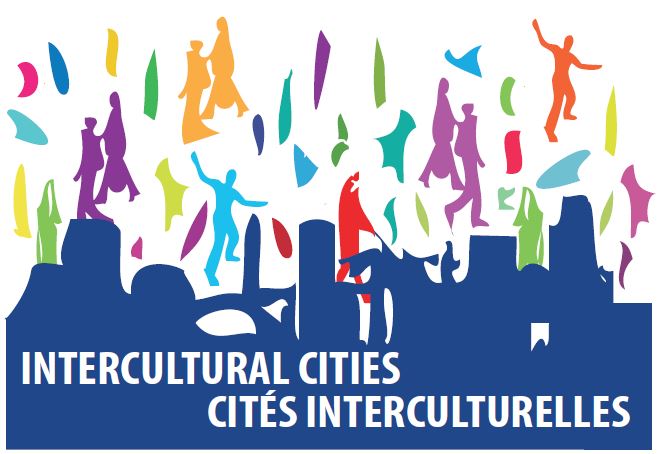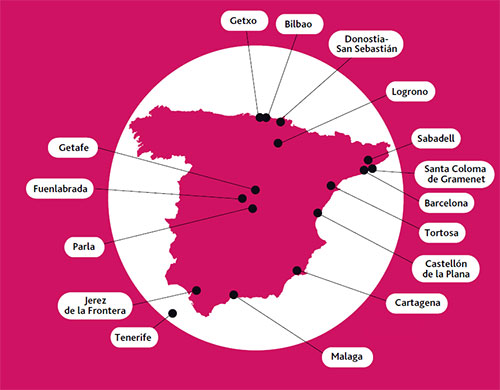Purpose:
The purpose of these actions is to encourage the creation of spaces and opportunities for positive interaction and the generation of ties and relationships on equal terms.
Stimulus/Rationale:
The increase in cultural diversity has brought about, amongst other factors, new and old ways of being and using public spaces, amenities, shops -the street level-, strengthening its important socialising role and thereby bringing about new complexities that need to be tackled.
The city of Barcelona places enormous importance upon public space as the place where a diverse but harmonious community can be built. This means that place-making professionals (such as architects, planners, transport managers, constructors, etc.) within the city council must develop their competence in diversity management.
One measure of the city’s Intercultural Plan states the need to ‘incorporate those responsible for urban development in the city into each of the interdepartmental committees at the Council to strengthen the mainstream application of all urban and social policies’.
A further measure of the Plan calls for ‘Integration of the neighbourhood scale into the practice of urban development to reconstruct dialogue, consensus and the involvement of citizens’.
Process:
Several actions take place to mainstream the intercultural perspective in place-making:
- Inter-group roundtables that involve representatives from urban planning and, for example, the Committee for Public Spaces, the Committee of Living Together, or the Inter-group Committee for Immigration.
- Promotion of bilateral relations through dialogues between the area of urban development and other areas at the Council.
- Valuing “personalised” activities, observing the realities and special characteristics of the neighbourhood, within the framework of a comprehensive city strategy. This can be based on a “common project”, from a fairly global idea, with various expressions to suit each context.
- Going deeper into the practice of participative processes, e.g. introducing new approaches and adapting them to ensure there is a faithful representation of the local sociocultural diversity in the target setting.
A reflection on a renewed definition of the public space has been conducted. The public space is seen as ‘spaces for relations’, as an integral part of the idea of a city and as a space for meeting and generation of citizenship. This has led to a review of architectural typologies, mainly regarding the structure and form of ground floors taking into account their impact on the definition and character of the adjacent public spaces.
Place-makers in the city have adopted the ‘street floor’ concept into the management tools for public spaces (dimension, design, urban furniture, maintenance, layout of parking spaces) and into the management tools for the ground floor (façades, uses), taking into account the relation between these two spaces, the public and the private, on the ground floor, incorporating criteria of flexibility and adaptability to various situations (to neighbourhoods or even to streets).
Understanding the concentrations arising from certain uses on the ground floor can cause excessive pressure on the adjacent public space along some streets owing to its configuration (too narrow, poor access). Or, conversely, a ground floor that is more diversified in its uses and activities can encourage use of the adjacent public space as a point for meetings and socialising.
Incorporating into public spaces elements that contribute to generating spontaneous interaction between users: play areas in children’s’ parks, specific offers for young people, bicycle, pacified spaces in the streets of Sant Antoni or Consell de Cent…
Impact:
To promote the task of mainstreaming and territorialisation of the intercultural perspective in the field of public space, collaborations and work spaces have been established between the Participation Department of the Urban Ecology Management and the BCN Interculturality Programme of the Department of Interculturality and Religious Pluralism.
Based on the needs detected, training has been provided to the Participation team to promote reflection on participatory processes linked to urban transformation projects. As well as advice with meetings and specific materials to amplify the intercultural perspective in this assignment.







